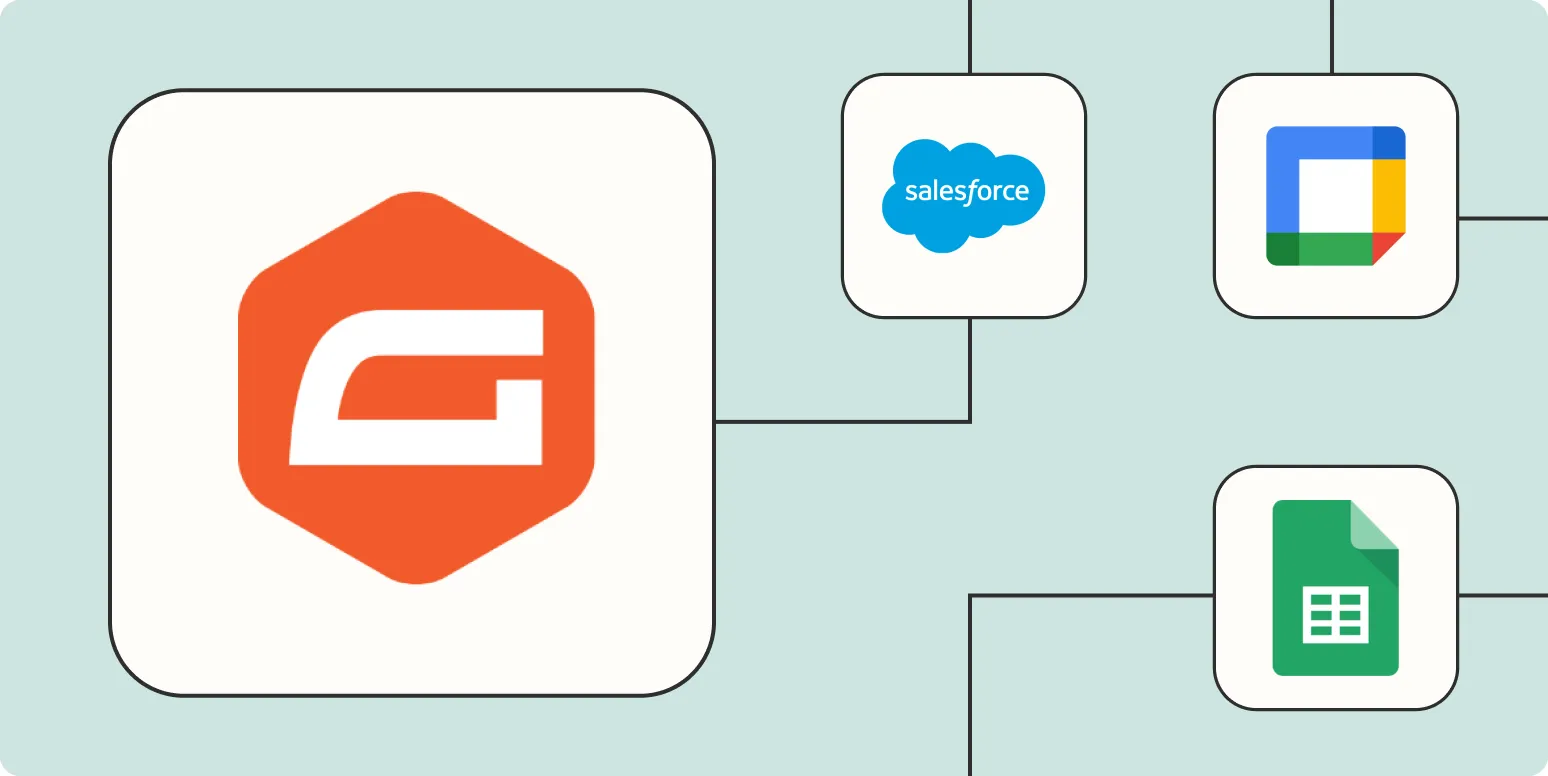1. Lead Generation via Landing Pages
Gravity Forms is an excellent tool for generating leads through landing pages. By integrating it with your marketing campaigns, you can capture user information seamlessly. For instance, when users fill out a form on a landing page, their details can be automatically added to your CRM or email marketing list. This integration ensures that you can follow up with potential clients effectively.
2. Automate Email Notifications
With Gravity Forms, you can set up automated email notifications to both administrators and users. When a user submits a form, an email can be sent to notify your team or to confirm the submission with the user. This not only keeps everyone in the loop but also enhances the user experience by providing immediate feedback.
3. Conditional Logic for Personalized Experiences
Utilizing conditional logic in Gravity Forms allows you to tailor the user experience based on their responses. For example, if a user selects a specific service, you can display only relevant follow-up questions. This personalization keeps users engaged and increases the likelihood of conversion. It's a powerful way to streamline your forms and ensure users feel catered to.
4. Integrate with Payment Gateways
Gravity Forms supports various payment gateways, enabling you to automate transactions directly through your forms. Whether you’re selling products or services, you can set up forms that accept payments without any manual processing. This feature can save you time and improve the overall customer experience by making the purchasing process more straightforward.
5. Collect User Feedback Automatically
Feedback forms are crucial for understanding customer satisfaction. With Gravity Forms, you can create surveys and feedback forms that automatically collect user responses. This data can then be analyzed to improve your offerings. Automating feedback collection ensures you receive insights without manually reaching out to every customer.
6. Integrate with Popular CRMs
Gravity Forms can be easily integrated with popular CRM systems like Salesforce, HubSpot, or Zoho. This integration allows you to automate the transfer of form submissions directly into your CRM, ensuring that all leads are tracked efficiently. By automating this process, you reduce the risk of losing valuable leads and maintain a streamlined workflow.
7. Create Automated Reports
Using Gravity Forms, you can set up automated reporting features that help you analyze form submissions over time. By integrating with tools like Google Sheets or custom scripts, you can generate reports that show trends, popular services, and customer feedback automatically. This data is essential for making informed business decisions and optimizing your marketing strategies.
Chart: Automation Ideas Overview
| Automation Idea | Description |
|---|---|
| Lead Generation via Landing Pages | Capture user information directly from landing pages. |
| Automate Email Notifications | Send immediate notifications upon form submission. |
| Conditional Logic | Personalize user experience based on responses. |
| Payment Gateway Integration | Accept payments through forms effortlessly. |
| Collect User Feedback | Automatically gather insights for improvements. |
| CRM Integration | Streamline lead tracking with automatic transfers. |
| Automated Reports | Generate insightful reports without manual effort. |
By implementing these Gravity Forms automation ideas, you can significantly enhance your workflow and improve user engagement. Automation not only saves time but also ensures that you can focus on scaling your business while maintaining excellent customer relationships. Each of the ideas discussed can be tailored to fit your business model, making Gravity Forms a versatile tool for any organization looking to optimize their processes.
As businesses continue to evolve, leveraging tools like Gravity Forms and understanding automation will play a crucial role in staying ahead of the competition. Start exploring these automation ideas today and watch your productivity soar.





